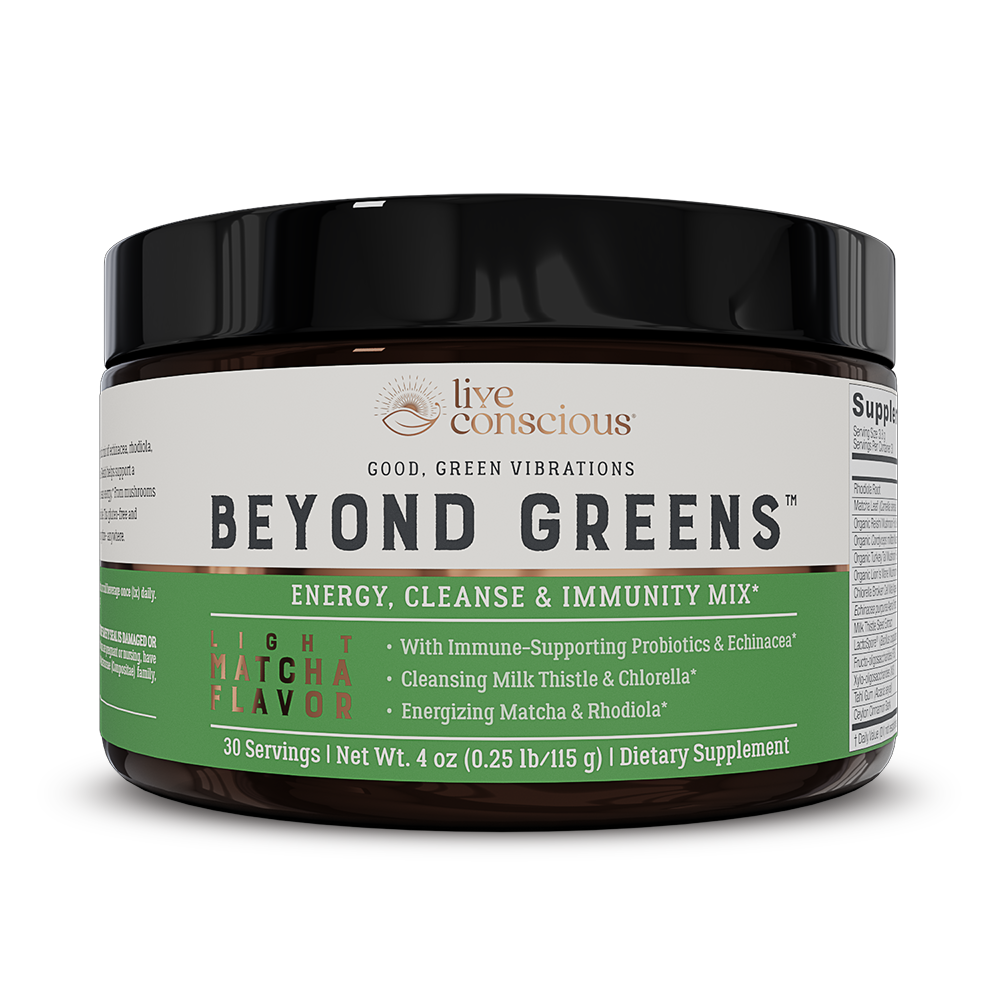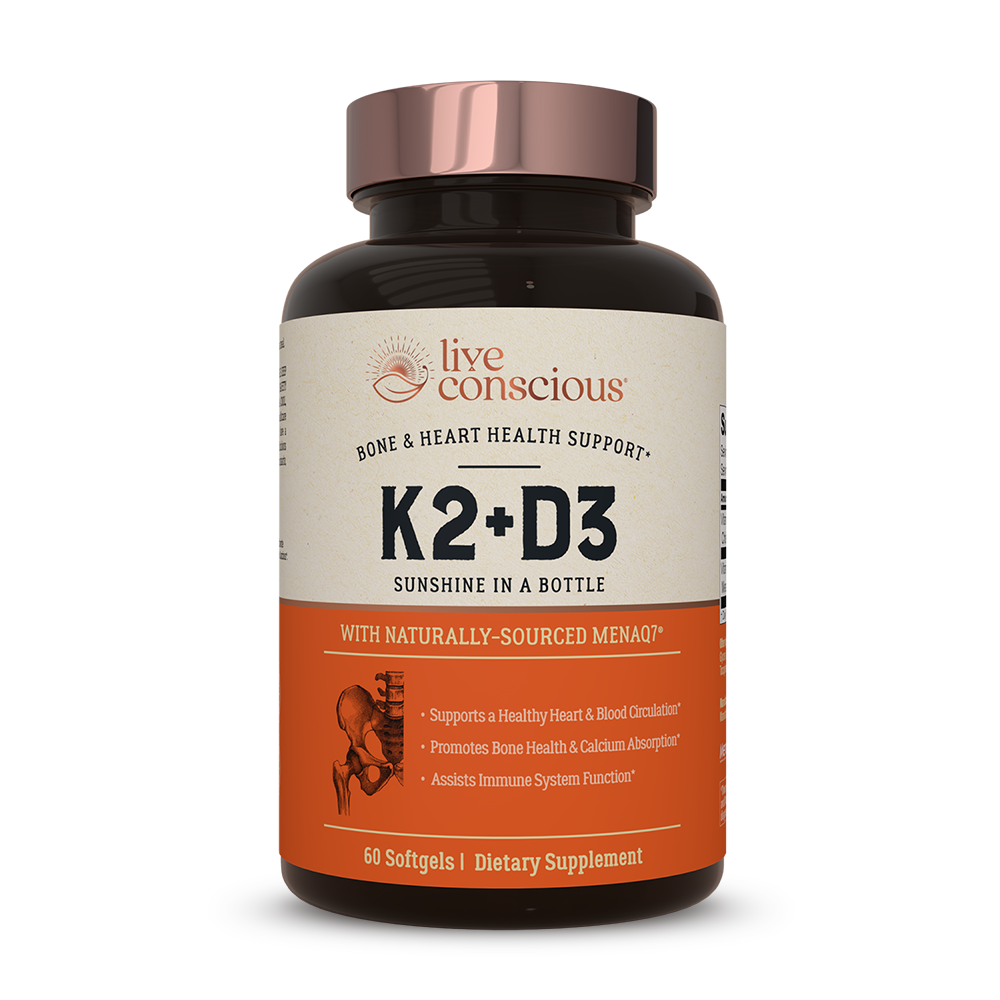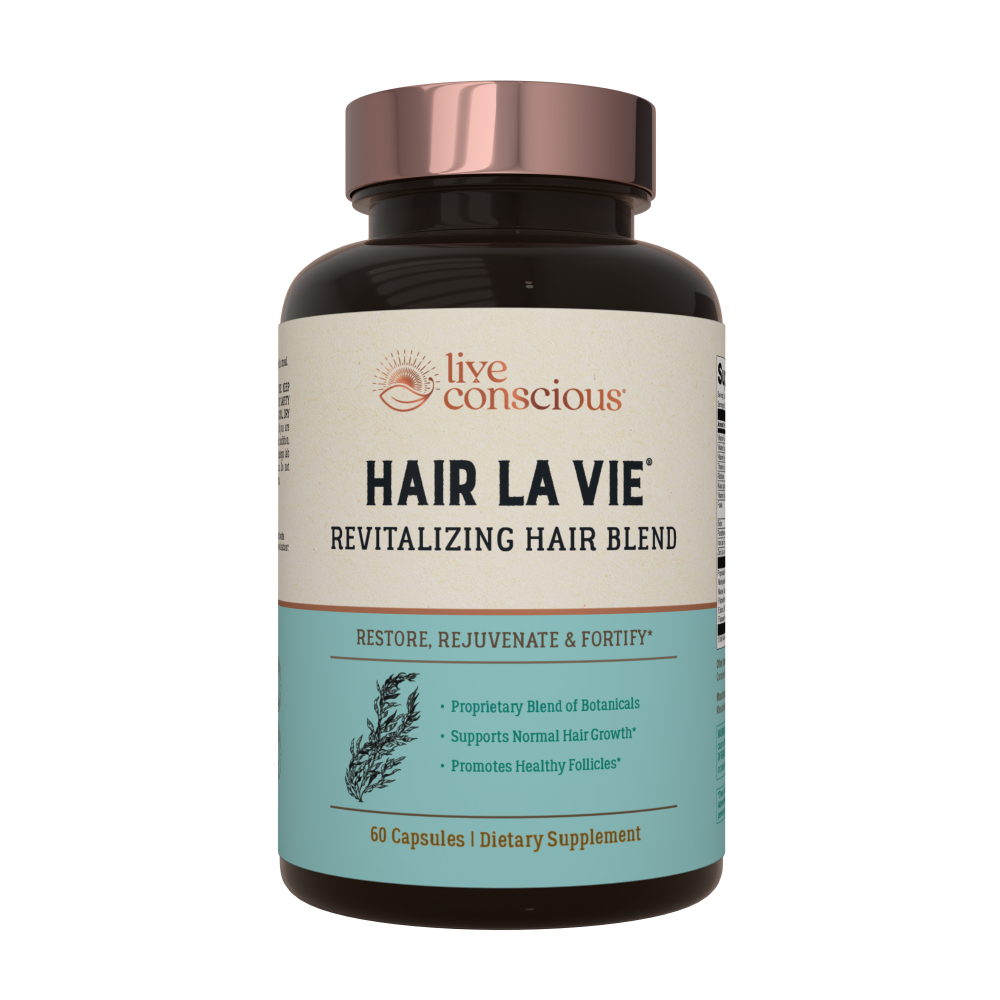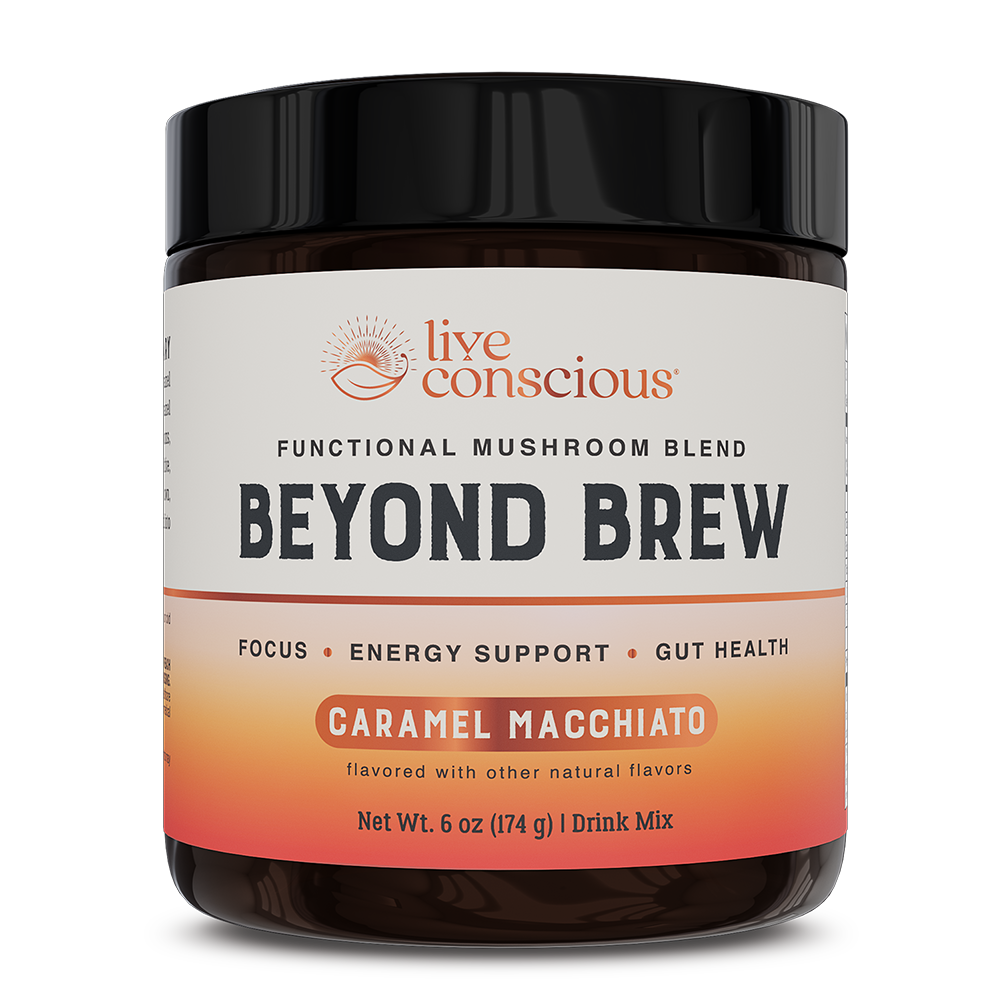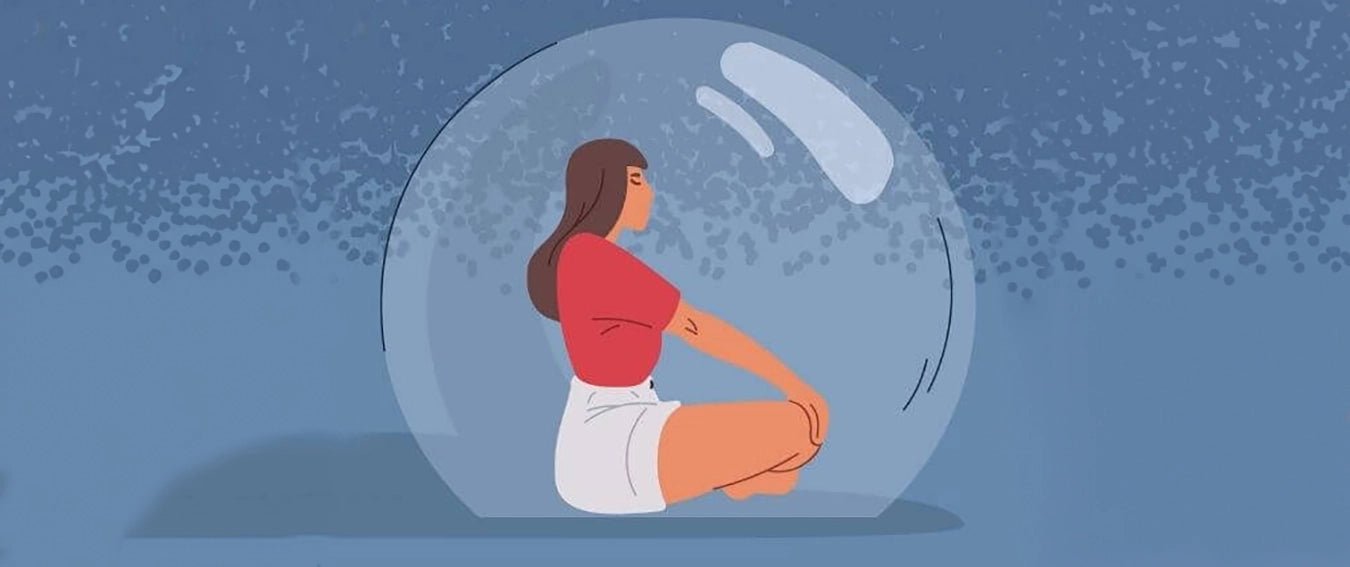What are your personal boundaries? Think about it. It’s not as easy to answer as it seems at the outset, is it?
The University Health Services at Berkeley defines personal boundaries as limits and rules we set for ourselves within relationships. In that context, you’re probably able to come up with a couple of ideas, but as soon as you come up with one, it’s usually pretty easy to find an exception.
Setting personal boundaries is often something that people do without putting a lot of thought into it. They’re rarely seen as something that defines you, but having personal boundaries can be very beneficial. They can open you up to deeper relationships, and they can help protect you in other situations.
Why Establish Personal Boundaries
Taking the time to think about your personal boundaries and to consider establishing some rules for yourself is a great way to promote growth. When you set boundaries, you do the following:
♦ Show self-respect and practice self-care
♦ Make time for positive interactions
♦ Communicate your needs and desires
♦ Set limits in all relationships that are healthy
♦ Protect physical and emotional intrusions
♦ Feel more confident in saying “yes” or “no.”
♦ Empower yourself to make healthier choices

The first step in setting your own personal boundaries is understanding the different types.
Types of Personal Boundaries
While personal boundaries apply in all sorts of situations, there are a couple of different ways to classify boundaries. Nina Brown lays out four different boundary types in her book, Coping with Infuriating, Mean, Critical People: The Destructive Narcissist Pattern.
♦ Soft: A person with soft boundaries merges their boundaries with others and bends to the will of others.
♦ Spongy: Having spongy boundaries means the person doesn’t know who to let in or who to keep out.
♦ Rigid: A person with rigid boundaries is walled off and keeps everyone at a distance, both physically and emotionally.
♦ Flexible: When someone has flexible boundaries, they’re in a good place, and they control their own interactions depending on the situation and their comfort.
Barriers to Boundary Setting
One of the reasons that setting and sticking to boundaries is so difficult is that there might be a few barriers in place that can throw you off course. Common boundary barriers include:
♦ Fear of being rejected or abandoned
♦ Fear of confrontation
♦ Guilt about your boundaries
♦ A lack of knowledge and understanding of healthy boundaries
♦ Safety concerns

How to Set Personal Boundaries
Now that the basics of personal boundaries are laid out, and their benefit is clear, it’s time to start setting your own boundaries. The five steps below will help you find boundaries that work for you and apply them in your day-to-day life.
Build Self-Esteem
Personal boundaries are not about keeping other people out or setting yourself apart, it’s about defining who you are. People who don’t have personal boundaries often allow others to take advantage of them, and then they feel bad about that. Setting boundaries and living by them helps you build up the way you feel and bolsters your self-esteem.
Define Your Character
Digging deep and deciding who you are, what values you’ll live by, and what you want is important when you’re setting personal boundaries. When people haven’t quite figured this out about themselves, they tend to get pulled in different directions and do things that seem out of character to those that know them well.
Once you’ve determined what you want and what you value, it becomes easier to set up some boundaries that keep out the things you don’t want and set you up for success.

For example, you want to spend quality time with your family at night. This means that you won’t constantly stay late at work when your boss asks, and you will refuse to go out for a happy hour. When you know what matters, it is easier to see a path that leads to it.
Defined Consequences
Create an idea of what will happen if you don’t stick to your personal boundaries. In the above scenario, your boundary is leaving at 6:00 pm from the office. At 5:45, you get an email asking you to complete a report. If you’re going to stick to your boundaries, you can respond and let the sender know you received the request, and you’ll handle it in the morning.
That said, some flexibility here is key to managing all of your boundaries. You want to spend time with your family, but you need to keep your job in order to have that flexibility. If it’s an urgent situation, there are times when some boundaries have to bend to make way for bigger ones.
Change from Within
You’ve heard that you can’t change other people; you can only change yourself. That’s true when it comes to personal boundaries. If there is someone in your life who constantly pushes you to do things you’re not comfortable with or don’t want to do, you probably can’t change them, but you can change yourself.
Starting to make these changes can be easier when you feel better about yourself, and that means doing what you can to improve and maintain your health. With supplements, like the probiotic formula of Pro 45, you can use probiotics to improve your digestive and immune systems. However, what may be key here is that probiotics can actually boost your mood too.

Learn to Say “No”
For many people, this is very difficult. Saying no to a boss who constantly asks you to stay late can trigger a lot of different fears. Likewise, turning down that invitation to a happy hour can also stir up uncomfortable emotions. But in both situations, learning to say no is key to fulfilling your goals and being the person you want to be.
If you want to strengthen your path to health-lightenment and learn more about achieving your goals, follow Live Conscious on Facebook @weliveconscious and Instagram @weliveconscious.
Waking Up To Wellness
If you’re serious about setting yourself up in life to achieve your goals and to foster healthy relationships, then establishing personal boundaries is an important step.
Learning what the types of boundaries are and then discovering your approach to different people and situations in relation to your boundaries is a key piece of knowledge that will help you in this quest. It will help you identify what boundaries you’re exhibiting, and then you can figure out what it is about the situation that’s making you compromise yourself.
The next step is setting up personal boundaries and sticking to them. This is not a one-and-done, rather it’s a lifetime of working to be the person that you want to be. The good news is that you have the power to do just that.


